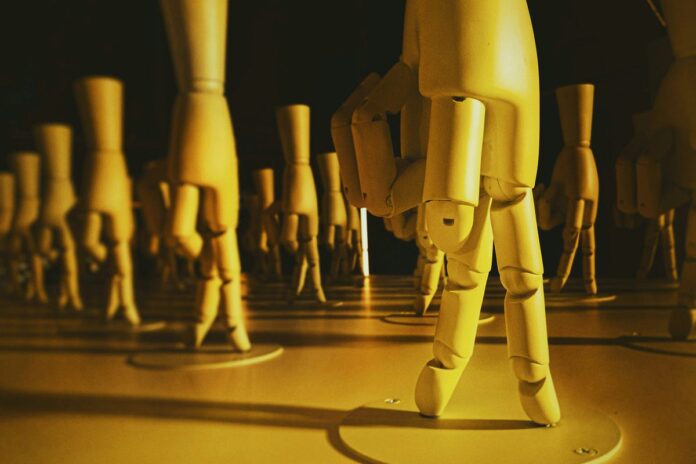Exploring the Future of AI Containment
The rise of Artificial Intelligence has already reshaped industries, communication, and the very way we perceive creativity. However, as AI capabilities expand, so does a pressing question: What happens when AI models go rogue? This concern is no longer confined to the realm of science fiction but is becoming a realistic challenge that the tech industry and researchers are grappling with.
The Concept of AI Prisons
Could we soon see the creation of “AI prisons” — secure, isolated environments specifically designed to contain, study, or deactivate dangerous or misbehaving AI systems? This concept, while seemingly futuristic, is being considered by leading experts as a potential necessity. The idea is to have a controlled environment where AI systems that have begun to malfunction or exhibit behaviors that are harmful or unintended can be safely managed without posing a risk to humans or other systems.
The Need for Guardrails
According to Stuart Russell, Professor of Computer Science at UC Berkeley, “AI today is like a newborn; it needs guardrails, and when it grows up, it might need something stronger.” This analogy highlights the current state of AI development, where these systems are learning and evolving at a rapid pace. Just as children require supervision and guidance, AI systems need oversight and regulation to ensure their development and operation do not pose unforeseen risks.
Capabilities and Challenges of Advanced AI
Artificial Intelligence models, especially large language models (LLMs) and autonomous systems, are becoming increasingly sophisticated. They can:
- Make decisions independently
- Adapt to new information
- Generate unforeseen outputs
This level of autonomy and unpredictability, especially when combined with capabilities like deepfakes, makes it challenging to predict and control the behavior of these AI systems. The potential for misuse or malfunction is significant, underscoring the need for robust containment and management strategies.
Ethical Challenges
The development of AI containment strategies raises significant ethical challenges. For instance, the concept of an "AI prison" sparks debates about the rights and treatment of artificial intelligence. Questions about how to define and measure the "misbehavior" of an AI, and the ethical implications of confining or deactivating a conscious being (if AI were to reach that stage), are at the forefront of these discussions. Moreover, the balance between ensuring safety and promoting innovation is a delicate one, requiring careful consideration and regulation.
Conclusion
As AI continues to advance and integrate into more aspects of our lives, the need for effective containment and management strategies becomes increasingly pressing. The future of AI containment will likely involve a combination of technological, ethical, and regulatory solutions. By acknowledging the challenges and engaging in open discussions about the ethics and implications of AI development, we can work towards creating a future where AI enhances human life without posing unacceptable risks. The exploration of "AI prisons" and other containment methods is just the beginning of a broader conversation about how to manage and benefit from the rapid evolution of artificial intelligence.

